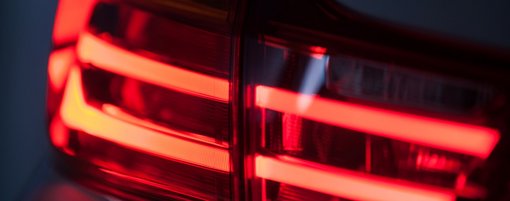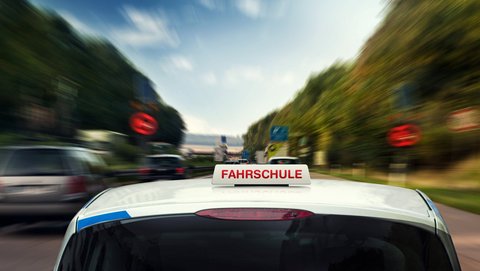The practical test: mistake evaluation
How is the practical examination assessed?
Basically, the overall impression of your driving skills will be evaluated in the practical examination. If this fits or you behave confidently in a complicated traffic situation, minor mistakes are sometimes overlooked.
These 10 "deadly sins" should by no means happen to you in the test, since they lead to immediate failure:
Despite otherwise good performance, the exam is considered "failed" if you have made one of these mistakes:
- Danger or damage
- Gross disregard of right of way or priority regulation
- Non-observance of "red" at traffic lights or corresponding signs by police officers
- Non-compliance with the following regulations: stop sign, traffic prohibition without additional signs (e.g. residents free), prohibition of entry
- Non-observance of other regulation signs with the consequence of a possible hazard
- Violation of the overtaking ban
- Passing school and city buses stopping at bus stops with hazard lights at a speed of more than 20 km/h
- Final classification for turning left on oncoming traffic lanes
- lane change without traffic observation
- Lack of response from children, the needy and the elderly.
By the way: If your driving instructor tries to deceive the examiner, the exam will also end with the result "failed"!

More mistakes:
Failure to pass the test may also result from repetition or accumulation of various mistakes, such as
- Poor traffic monitoring
- Non-adapted speed
- Passing school and city buses that stop at bus stops with hazard lights, at more than walking speed, but not more than 20 km/h.
- Incorrect spacing
- Failure to brake
- Failure to comply with the legal driving requirement
- Non-observance of traffic signs
- Long hesitation at crossings and junctions
- Incorrect or omitted classification in one-way streets
- Incorrect or omitted flashing
- Incorrect or neglected use of brakes and existing deceleration systems
- Mistakes during vehicle operation
- Mistakes in environmentally conscious and energy-saving driving.
If any of these mistakes happen to you, stay calm and don't go crazy. Nothing is lost yet. The calmer you stay, the less likely you are to make another mistake.
And don't worry - the Audit Directive states: "Rules should not be interpreted in a petty way; good performance should also be taken into account". This means that you can "iron out" mistakes by, for example, being particularly proactive in another situation.
The most important thing during the whole test is: Try to stay as calm as possible and concentrate only on the traffic. Don't worry about what just happened, turn all your attention to driving and traffic.
Further tips for the practical exam can be found here. What you can do against exam anxiety we have put together for you here.

Find your driving school
Do you want to start with your driver's license right away? Then find the driving school that suits you best in our search and ask your driving instructor all your unanswered questions about the practical test.